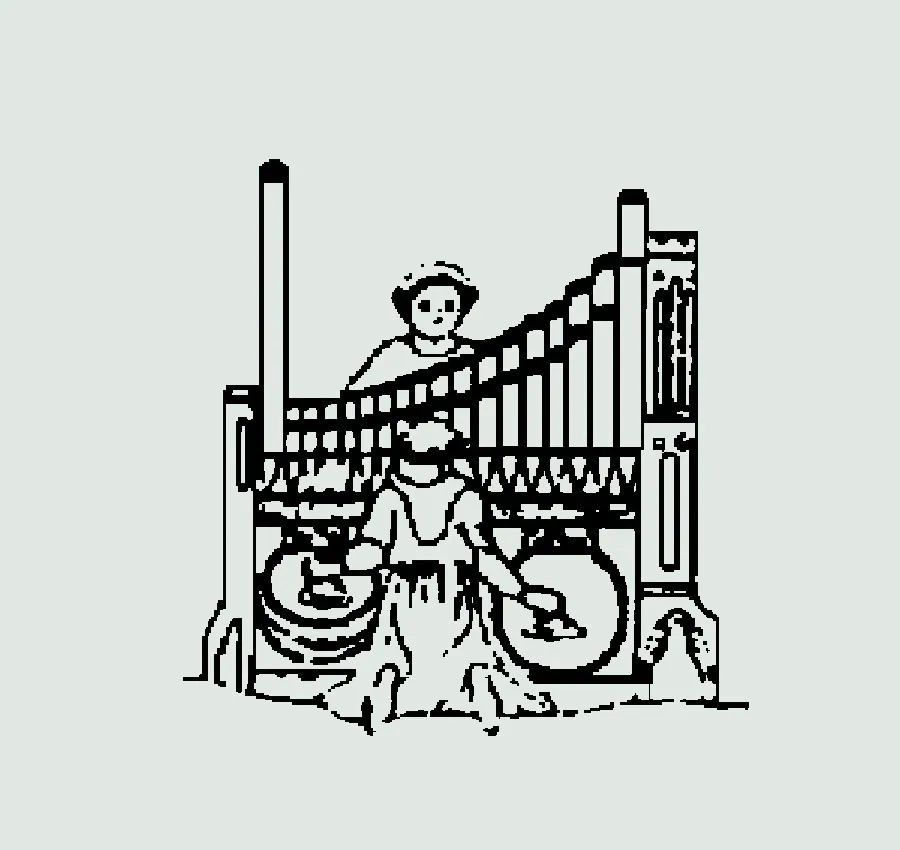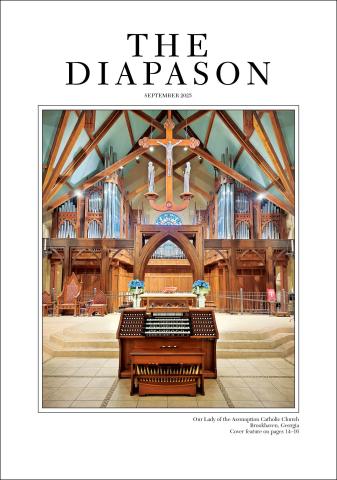
Skinner Sesquicentennial Conference presented April 24–25 in Evanston, Illinois

THE DIAPASON, along with the Chicago, Fox Valley, and North Shore Chapters of the American Guild of Organists, the Chicago-Midwest Chapter of the Organ Historical Society, and the Music Institute of Chicago, presented a conference in honor of the sesquicentennial of the birth of Ernest M. Skinner, April 24–25, in Evanston, Illinois.
The conference opened with a concert by the choral ensemble Bella Voce in St. Luke’s Episcopal Church, accompanied by Christine Kraemer on 1922 Skinner Organ Company Opus 327.
The following day’s events included recitals by Andrew Schaeffer and David Jonies on 1927 Skinner Organ Company Opus 616 in the First Congregational Church. James Russell Brown provided a demonstration program and lecture on the restoration of 1914 Ernest M. Skinner Company Opus 208 in the Nichols Concert Hall of the Music Institute of Chicago (formerly First Church of Christ, Scientist, of Evanston).
Rounding out the day were lectures by Stephen Schnurr and Joyce Robinson in the lovely chapel of First Congregational Church.


